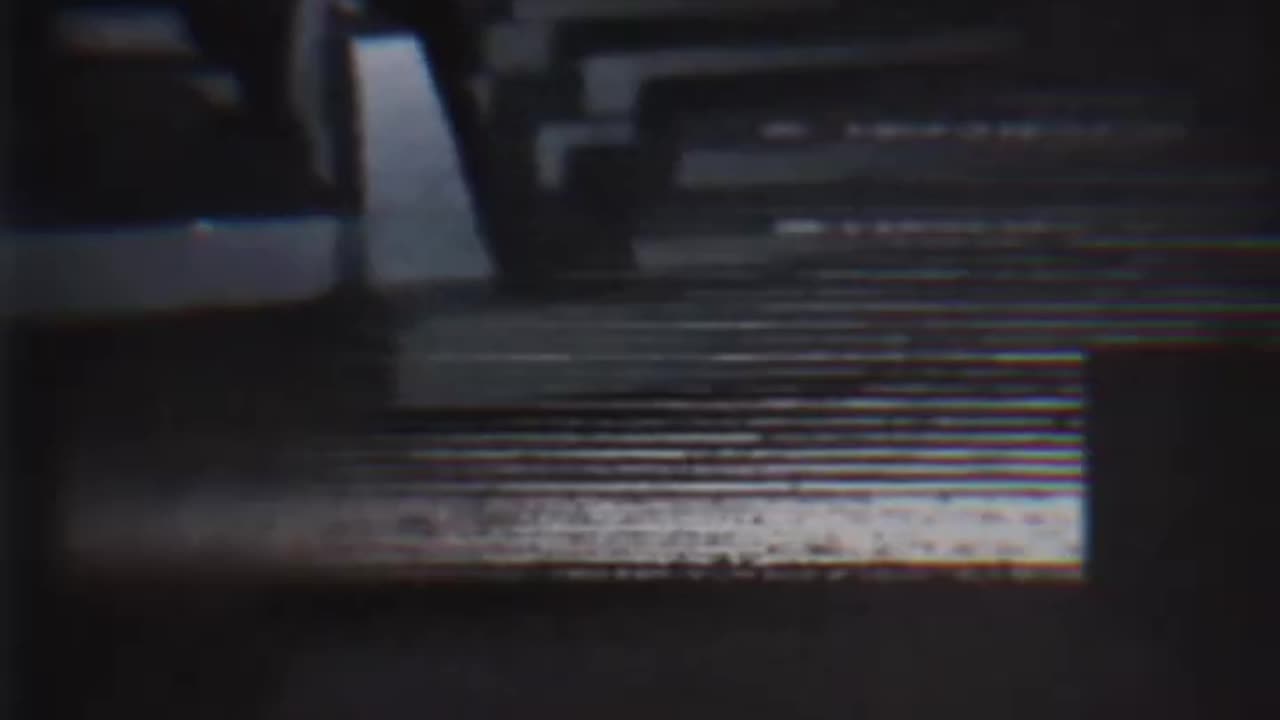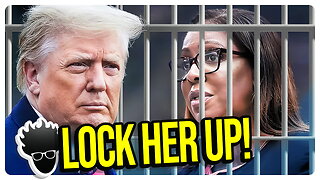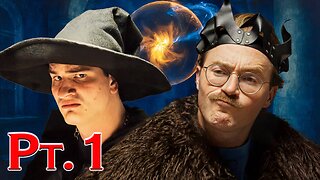Premium Only Content

Horror Sciene
Creating effective horror scenes in writing requires careful attention to detail and the use of various literary techniques to evoke fear, suspense, and a sense of dread in your readers. Here are some key elements and tips for writing compelling horror scenes:
Atmosphere and Setting:
Choose a dark, eerie, or isolated setting to create a sense of foreboding. Abandoned houses, haunted forests, and eerie graveyards are classic choices.
Use descriptive language to paint a vivid picture of the surroundings, emphasizing eerie or unsettling details.
Characterization:
Develop complex and relatable characters that readers can connect with. This makes it more unsettling when these characters are put in terrifying situations.
Consider the psychological aspects of your characters. Their fears, vulnerabilities, and past traumas can add depth to the horror.
Suspense Building:
Gradually build tension throughout the scene. Start with subtle hints or unease and escalate the fear as the scene progresses.
Use pacing to your advantage. Short, punchy sentences can quicken the pace and intensify fear, while longer, descriptive passages can create a sense of dread.
Imagery and Descriptive Language:
Utilize vivid and sensory-rich descriptions to engage the reader's senses. Describe sights, sounds, smells, and textures to immerse them in the horror.
Use metaphors and similes to create eerie comparisons and unsettling imagery.
Foreshadowing and Uncertainty:
Drop hints or foreshadow the horror that's about to unfold, but keep the exact nature of the threat ambiguous. Uncertainty can heighten fear.
Allow readers to imagine the worst, and let their imaginations run wild.
Character Reactions:
Show how characters react to fear and stress. Their emotional and physical responses can be powerful tools for conveying horror.
Use dialogue to reveal their thoughts, fears, and attempts to rationalize or escape the terrifying situation.
Twists and Surprises:
Incorporate unexpected twists or surprises to keep readers on edge. Subverting their expectations can be particularly effective in horror.
Use misdirection to divert their attention before hitting them with the true horror.
Symbolism and Themes:
Explore deeper themes or symbolism within the horror scene. Horror can be a vehicle for exploring human fears, anxieties, and societal issues.
Consider how the horror connects to the broader narrative or themes of your story.
Sound and Silence:
Use silence strategically to create moments of anticipation. Sometimes, what isn't said or heard can be just as frightening as what is.
Incorporate sounds that are eerie or unsettling, such as creaking floors, distant whispers, or the howling wind.
End with a Bang:
Conclude the horror scene with a powerful and memorable moment. It should leave a lasting impression on the reader and make them crave more.
Remember that effective horror scenes often rely on the reader's imagination and fear of the unknown. By carefully crafting your descriptions, characters, and pacing, you can send chills down your readers' spines and create lasting, haunting impressions.
-
 1:09:29
1:09:29
vivafrei
5 hours agoBig Trouble for Letitia! Auto-Pen "Scandal"? More Tyranny & Conservative Cowardice in Canada! & MORE
41.8K33 -
 7:32
7:32
WhaddoYouMeme
1 hour agoShe Mocked Christians—Didn’t Go as Planned!
5.28K2 -
 43:03
43:03
The White House
2 hours agoPress Secretary Karoline Leavitt Briefs Members of the Media with a Special Guest, Apr. 16, 2025
20.1K25 -
 47:12
47:12
Friday Beers
4 hours ago $0.55 earnedWho Survived Our First Game of Dungeons and Dragons? (Ft. Almost Friday TV)
18.1K3 -
 1:21:59
1:21:59
RiftTV/Slightly Offensive
2 hours ago $2.77 earnedDid RFK Just EXPOSE a SHOCKING REALITY About Autism? | The Rift Report
17.4K9 -
 LIVE
LIVE
LFA TV
21 hours agoLFA TV - ALL DAY LIVE STREAM 4/16/25
667 watching -
 2:16:41
2:16:41
The Quartering
5 hours agoKarmelo Anthony Buys $150,000 Cadillac, Maryland Man Psyop, Blue Origin Flight FAKED & More
140K91 -
 1:29:10
1:29:10
The Sage Steele Show
9 hours ago $3.99 earnedBen Carson | The Sage Steele Show
37.8K8 -
 1:34:58
1:34:58
The HotSeat
3 hours agoBlue Origin ‘Astronauts’ and the Left’s Love Affair with Illegals
31.9K2 -
 20:55
20:55
Bearing
10 hours agoLIKE OMG!! KATY PERRY LIKE TOTALLY JUST CONQUERED SPACE!! 😝🚀🙀
45.3K71